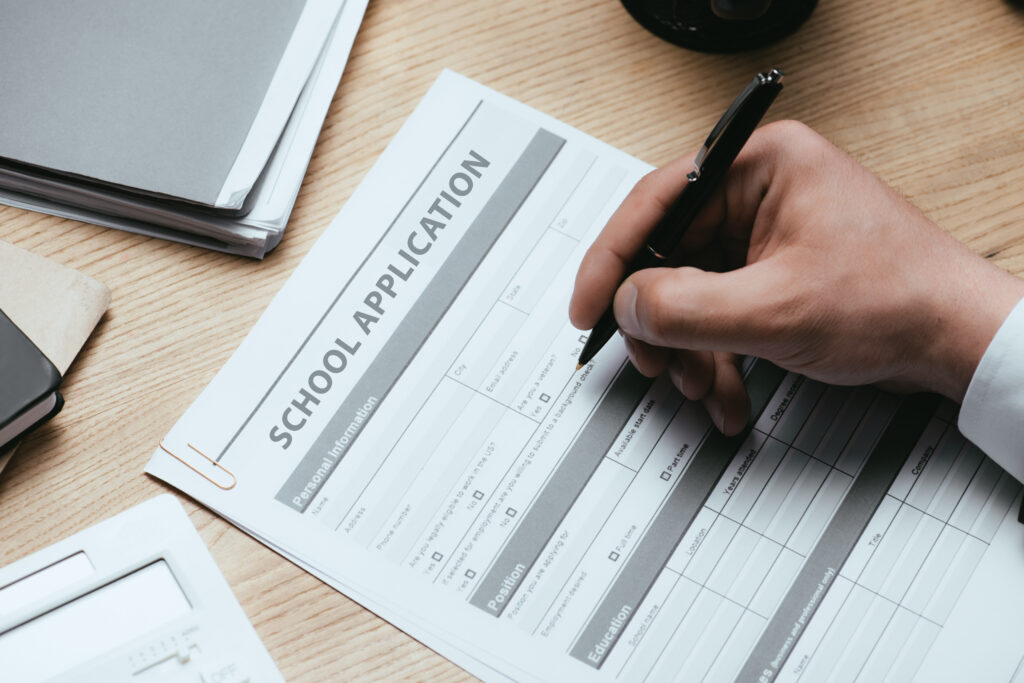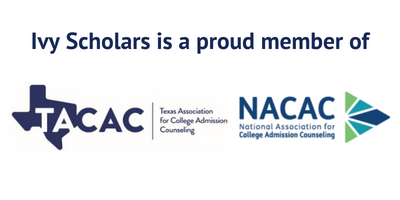College applications are complicated and stressful; one of the things we try the hardest to do is alleviate both of these as concerns for the students we work with. Now, we can’t clear every obstacle; applying to college is always going to be a lot of work. What we can do, however, is equip students with the tools and guidance to take an easier path. But what does that look like exactly? One of the questions we are asked most often is how our process actually works, the secret in the sauce that brings us success.
In this article, we’re going to peel back the curtain and explore how our process actually works for applying to colleges, from start to finish. We’ll give you examples of work we’ve done before, and explain how our methodology positions students for admissions success. Let’s jump right in!
Introductions and Strategy
The first step of working with a student is getting to know them and understand them. Our goal is not to dictate what students must do and which schools they may apply to. Instead, we work with students to understand their strengths and goals, and what their own thoughts are on the college application process. Using this, we then work with the students to create their application strategy.
Here are some examples of what that looked like for past students. Note that this is just overall strategy, once this is set, then we draw up college lists.
Tristan
Tristan was a strong student academically, with excellent grades and test scores. He was interested in pursuing a career in business, and wanted to find a program that would provide him with merit scholarships to do so. His mentor worked with him on what colleges would best serve him. Tristan shared that he was not a strong writer, and didn’t think he would fit in at a school like Harvard. Sure, it has a great program, but not one that would meet his needs.
Tristan’s mentor devised a strategy of applying to a number of flagship state universities, schools with excellent business programs and honors colleges which offered great scholarships, even to out of state students. This would be a broad strategy, focusing on applying to a lot of programs, so that Tristan could compare scholarship offers.
Audrey
Audrey, like many of our students, had an ultimate goal of attending medical school, and her primary concern was finding a college program that would support that. We worked with Audrey to figure out where her extracurriculars and achievements positioned her, and found that she was well placed for multiple majors. After consultation, she decided to apply primarily to biomedical engineering programs.
From here, we worked on an application strategy that would change which major she applied as depending on specific schools, the programs they offered, and the competitiveness of individual programs.
Building a College List
Once we know what students are looking for from a college, and the best overall strategy to pursue for that student, we work with the student to build a college list. Our goal here is to give students the best chance at finding a school that fits their needs well. We consult with students and parents on schools they’re already familiar with, and also suggest options which they might not have heard of, but which we believe would suit their students well.
To do this, we use a college matrix. You can see an example of what this looks like here. This chart allows us to compile a lot of data on a lot of different colleges, and compare them side by side with a student. How each college is ranked depends on what a student cares about; for some location is a major concern, others care more about having a particular major, or to pursue their sport at the next level. We factor in all of a student’s thoughts when working with them, to help them fully understand and analyze their available options.
We never tell a student they can’t apply to a certain school, but we do try to help you understand your odds. Harvard is very selective, and we will work with students to craft a college list that lets them shoot for the stars, while still having some safer options to fall back on. We want all of our students to end up at a great school, and have significant success with that.
The Details of Applications
Once we know where students are applying, we work with them on finishing the finicky application details; assembling their activities list, filling out the Common App or other application portals, asking teachers for letter of recommendation, and deciding whether or not they need to complete the additional information section.
College applications have a lot of moving parts, and our goal here is to make sure students finish everything they need to do well before the deadlines roll around. Indeed, one of the most important things we help students with is keeping everything scheduled and on track, and helping them stay organized in the midst of the application process.
These are all small pieces individually, but are no less important for that fact. We know students have a lot to juggle during their senior year, and work to make sure all of the needed pieces of their application are finished well before the deadline.
Specific Details
Some students have additional concerns, and craft applications that require non-standard components. Reaching out to coaches for athletic recruitment, assembling portfolios to highlight your artistic talent, or scheduling auditions for arts programs. Most students don’t need to worry about these, but for those who are interested in particular majors or programs, these are a core part of their applications.
We help students craft and manage all of these as well, providing guidance and making sure every piece of the application is done on time, especially for things where timing is sensitive, like scheduling auditions or knowing when to reach out to college coaches. Our students do wonderful work; our role is to put them in a position to allow that to happen.
Writing Essays
From the personal statement to supplemental questions, essays are one of the most important things we work on with students. Our goal is both to enable students to express themselves fully to colleges, and to help them develop their skills as writers. This begins by helping students brainstorm a topic. We never dictate what students must write; instead we work with them to go through multiple potential options, and discover what aspects of themselves they most want to share with colleges.
From here, the writing process begins. Our students always write their essays themselves; we are here to advise and guide. Our main method for doing this is in-line editing. This is a practice where we edit a document with students, to help polish their syntax and better enable them to tell their story. Here is an example of what this looks like:
The student here has written a good paragraph, one that serves the needs of the essay well. The mentor then comes through and sands down the rough patches, working to make the essay stronger as a whole.
In other cases, when larger changes are needed, the mentor makes comments on conceptual issues, if perhaps a paragraph isn’t serving the themes of the essay, or if the essay itself needs to be rethought. We work with students both through asynchronous line editing, and through live discussions, of what they have written, and what they want to say.
How many drafts this takes depends on the student, but we keep working until students have produced the best writing they are capable of.
Financial Aid Advising and the College Transition
College is expensive, and many parents are concerned about the price they will be paying. Once applications are in, and acceptances start coming out, we work with parents and students to evaluate their offers, and help them decide which college situation will best suit their needs.
In some cases, this is quite easy, as students are admitted to their top choice school and given a wonderful aid package to boot. In other cases, things are more complicated, where students are admitted to a top choice school, but perhaps receive a smaller aid package than they wanted or expected.
We work with parents and students to understand their options, and to weigh different colleges as investments. College is one of the largest purchases you will ever make, and you should have certainty in what you are buying.
Finally, we help our students plan out their transition to college, mapping out their class schedule, reaching out to student groups, and making sure they have the needed life skills to thrive when living on their own for the first time. The transition to college is an exciting and busy time, and we want to be sure all of our students are well-equipped to prosper when they finally set foot on campus.
Final Thoughts
The college application process is long and complicated, with many moving parts to keep track of and deadlines which seem distant until they are right on top of you. These are stressful for parents and students alike, especially as colleges grow ever more competitive for admissions, with the odds seeming impossible. Ivy Scholars seeks to balance those odds, and turn the college application process into an enjoyable thing.
It is still a lot of work of course, but our students are well equipped to take that on. We hope this look at how we help students along the way has answered any questions you may have about our process, and how it works in detail. Of course, we couldn’t cover everything here. If you have more questions, or want to hear about how we can help with your own particular situation, then schedule a free consultation with us today. We have a long experience helping all kinds of students, and are always happy to hear from you.








